|
Are you having fun in the kitchen these days? Chances are what may have once been a creative outlet has become more of a chore. What if you could submerge yourself in traditional Sinaloan cuisine, learn about local ingredients and finally deliver those delicacies you’ve always wondered how to make?
Not being able to host food tours for several months, has left a hole in my heart and it has only confirmed that people coming together over food have a tremendous healing power. Thankfully many of us have found a way to keep calm, keep cooking and keep sharing recipes. This got me thinking… why not create a community around Mazatlan’s traditional food? The silver lining in this scary time, is that it’s brought out the best in our community and I’m hoping we can find ways to support each other beyond words on a screen. The Mazatlan Cookbook Club There are many ways you can build a community, but in times like these we all want to learn new things, see the world through different eyes and experience food from a unique perspective. What better way to do this than through a cookbook club? Think of it as a book club combined with a (virtual) dinner with friends. The Mazatlan cookbook club is all about discovering specialties that Mazatlan and Sinaloa have to offer. You will be able to share your thoughts and experiences with other people. I will be using recipes from four traditional cookbooks that I believe are essential for a Sinaloa home. However Sinaloan cookbooks are hard to find and most are out of print. I have to give a big shout-out to Jaime Felix from the Conservatory of Mexican Gastronomic Culture, who was kind enough to share recipes from his private collection. In the history of Mexican cookbooks, the ‘classic canon’ has always implied a central and southern Mexico bias. That has left us with a limited recipe bank and omitted the delicious food from Sinaloa. Let’s change that, starting now! The majority of the recipes I will use come from the ‘bible of Sinaloa cuisine’: a cookbook named “Mis recetas de cocina” by doña Cuca Cardenas. Who is doña (translation: mrs.) Cuca Cardenas and why is she so famous? She has made it her life’s mission to put together Sinaloa’s recipes in one cookbook “Mis recetas de cocina”. And she has been able to assemble an amazing collection. The first edition of her cookbook was published in 1980 (it’s older than me!) and it’s been a wedding gift for many newlyweds in Sinaloa for decades. I met doña Cuca Cardenas last year at the UNESCO Creative Cities project when we interviewed the culinary godfathers (and godmothers) of Sinaloa cuisine. She is in her eighties, but still happy to share her story and her passion for food. Here’s what you can expect from the Flavor Teller: Starting next week, I will be sharing and cooking one recipe every week from one of these cookbooks. I will post a blog with the recipe and a fun background story here. If you want to be with me in spirit, please cook along. The final product will be shared on the Flavor Teller website and Flavor Teller Instagram page. You’ll get to know more about the local ingredients, preparation techniques and the history of each dish so you can become a more confident cook. Tell your friends to join too! Share your creations and tag Flavor Teller on Facebook or Instagram using our handle @flavortellerexperience and using #mazatlancookbookclub. I’m not a chef or a food blogger and that’s part of the fun of this. We’re going to figure it out together and I’ll be available to answer your questions as you cook your way through the recipes. If you can’t find a specific ingredient, just let me know and I’ll give you alternatives. Let’s get started! And please know that when we can get together in person again (because that day will indeed come), we’ll be putting together a cookbook club that we can all participate in face-to-face, from the comfort of our friends’ homes or from wherever we like. Happy cooking, Flavor Teller fans!
5 Comments
Life is about eating the seasons. Sometimes you have to take advantage of a specialty, otherwise it will be gone until next year. Think mango season, think Noche de Muertos bread or think Mexico’s Independence Day specialty ‘Chiles en nogada’ or poblano peppers in walnut sauce. Every September you can find them in restaurants or instead you can make it yourself.
|
Flavor TellerMaaike Hoekstra has lived in Mexico for over 15 years. She is passionate about Mexican culture and food. Here are the stories and recipes she finds along the way. Archives
March 2022
Categories |
Location |
|

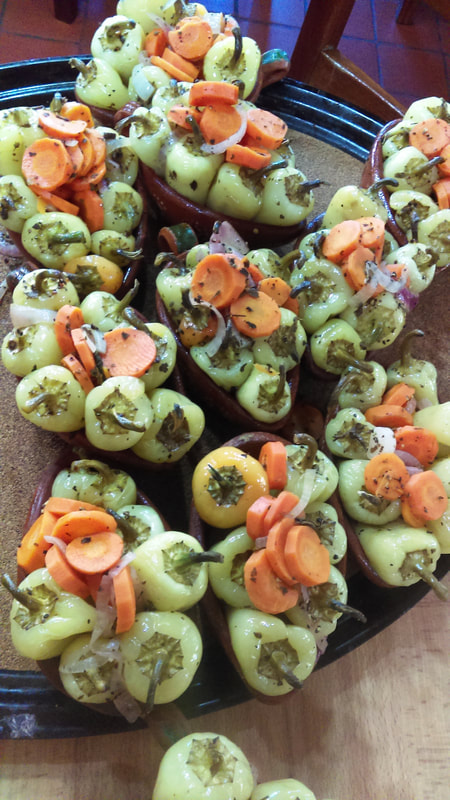
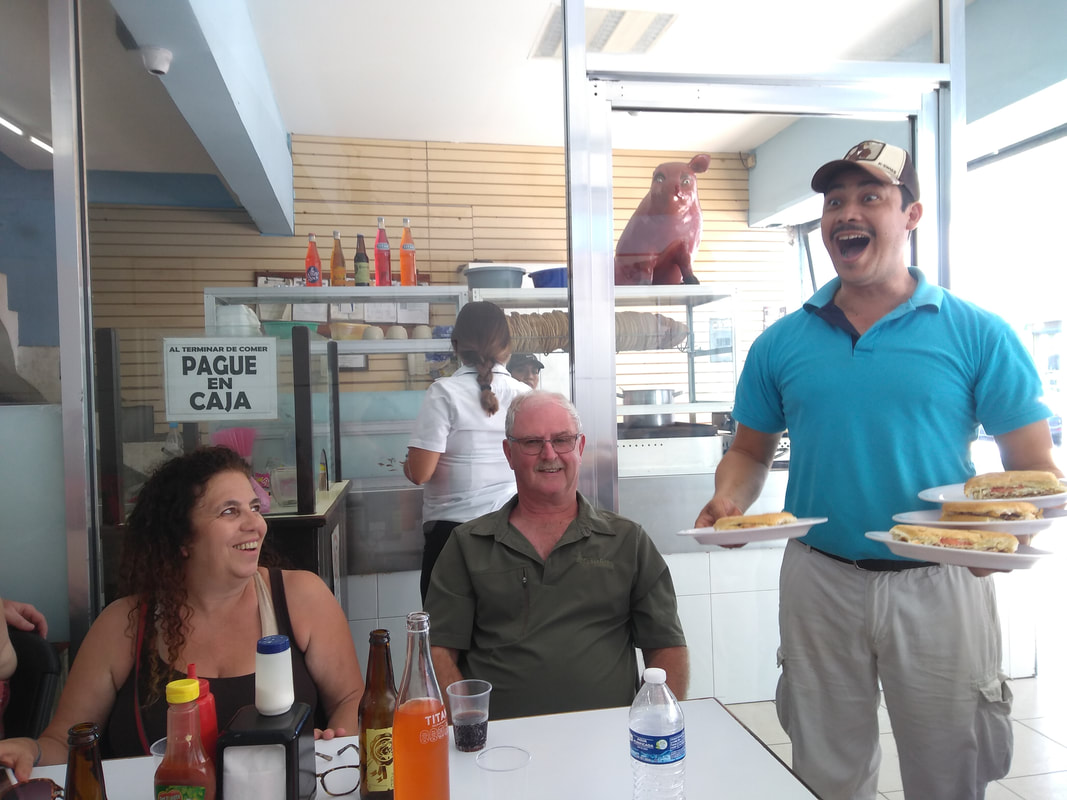
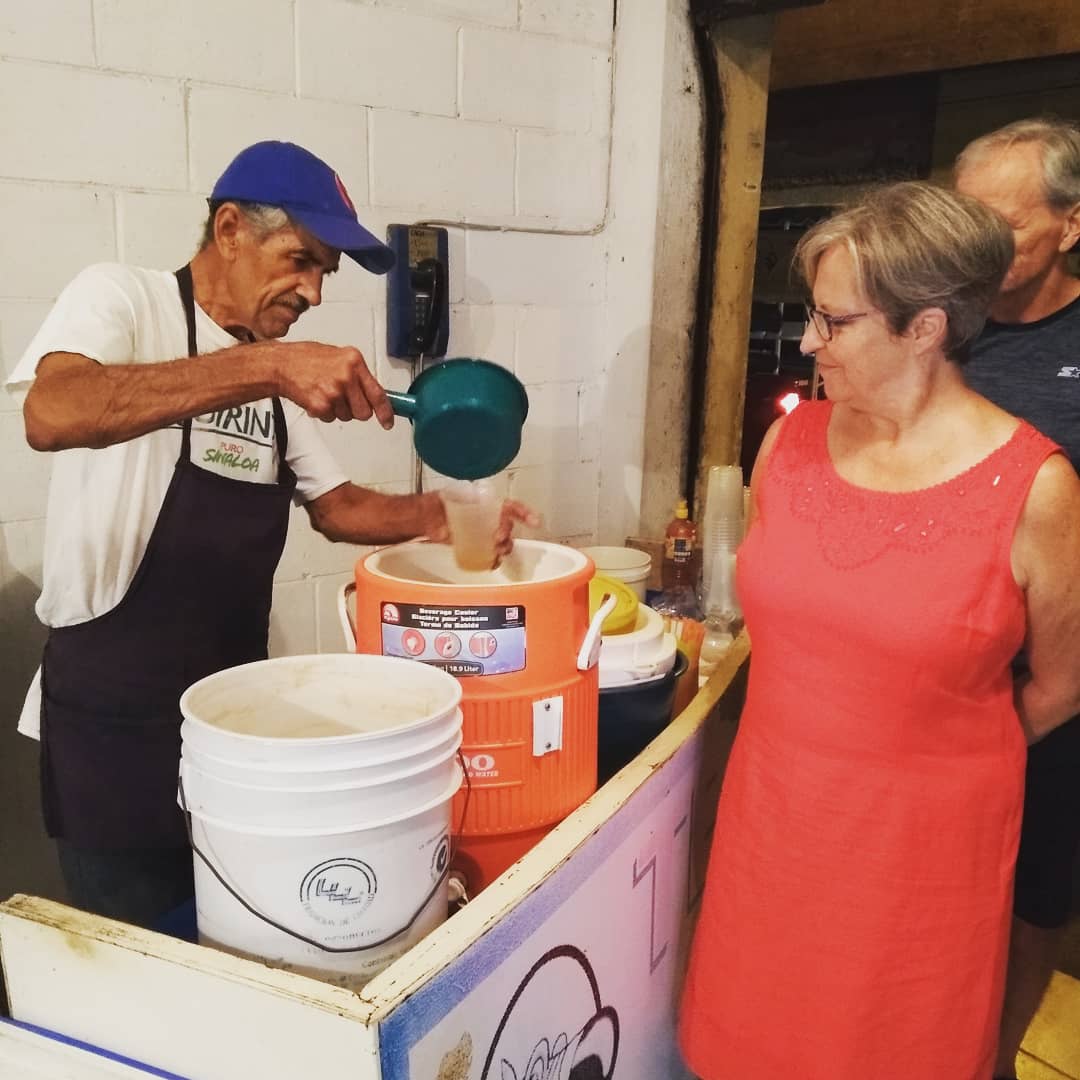
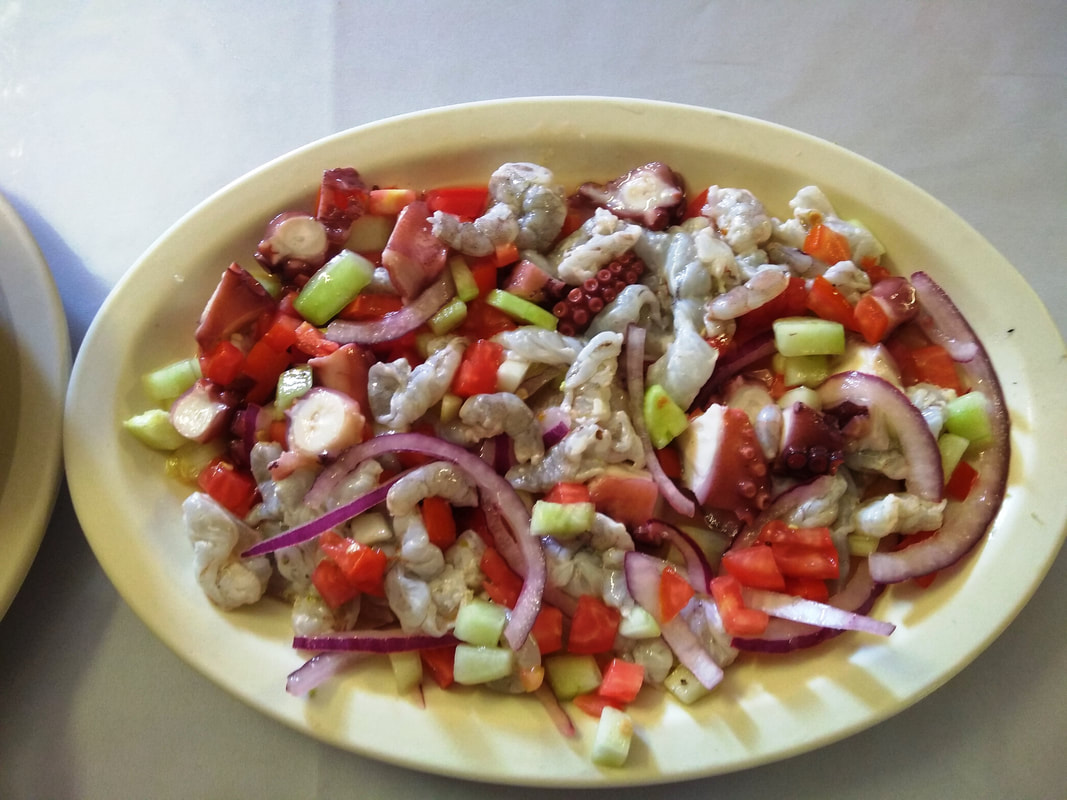
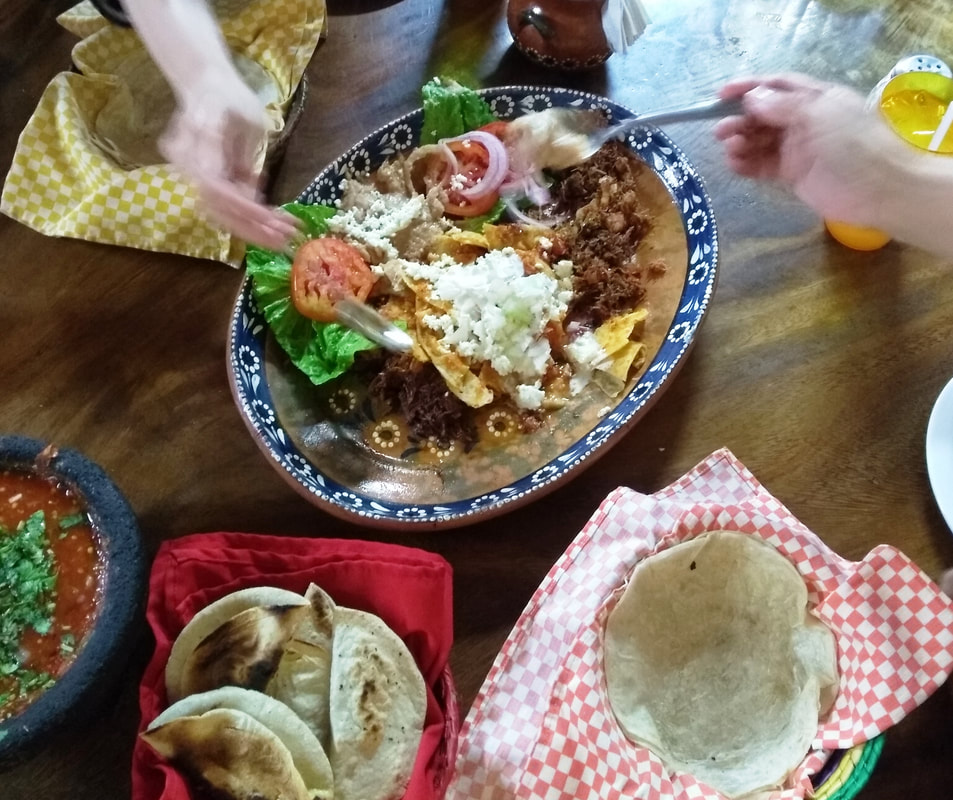
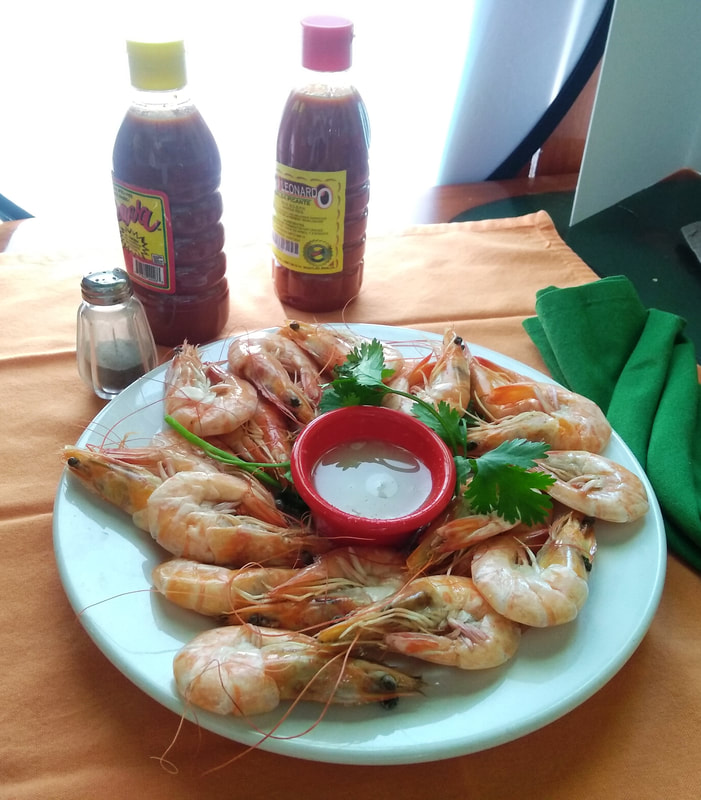
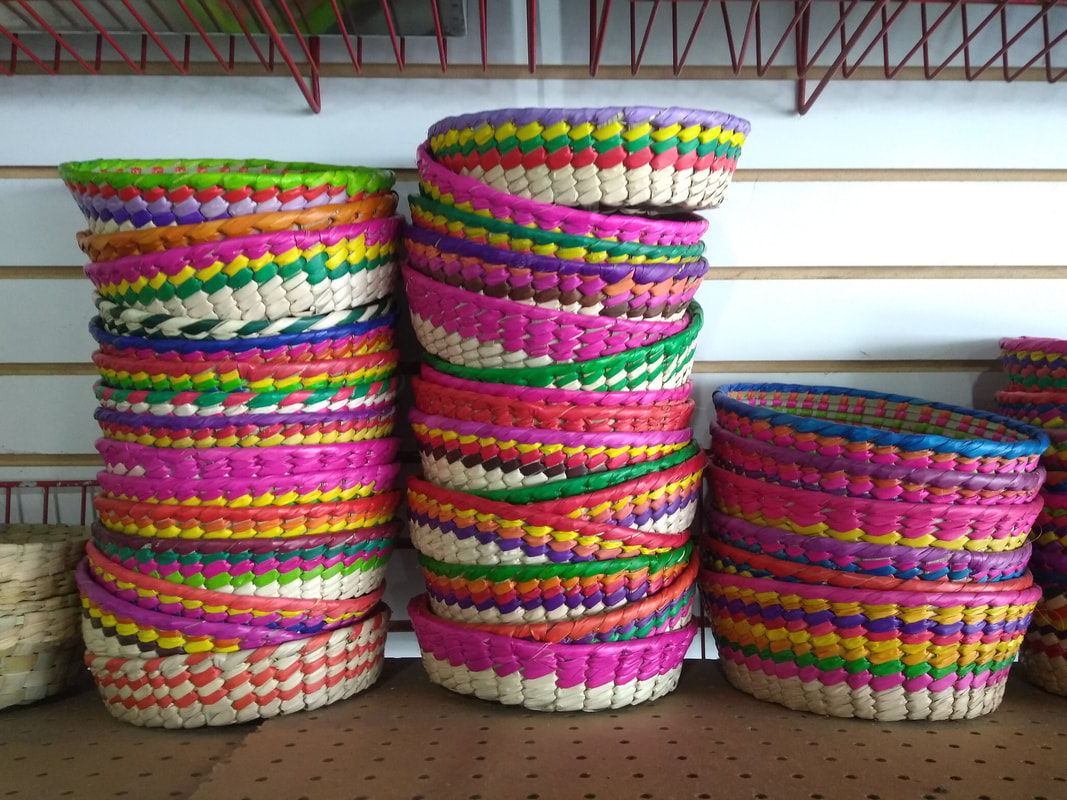
 RSS Feed
RSS Feed